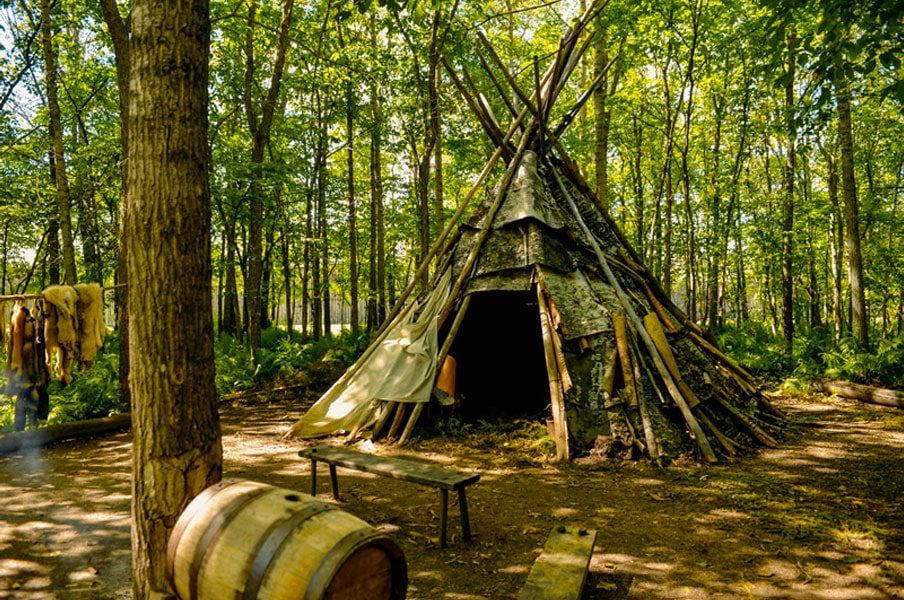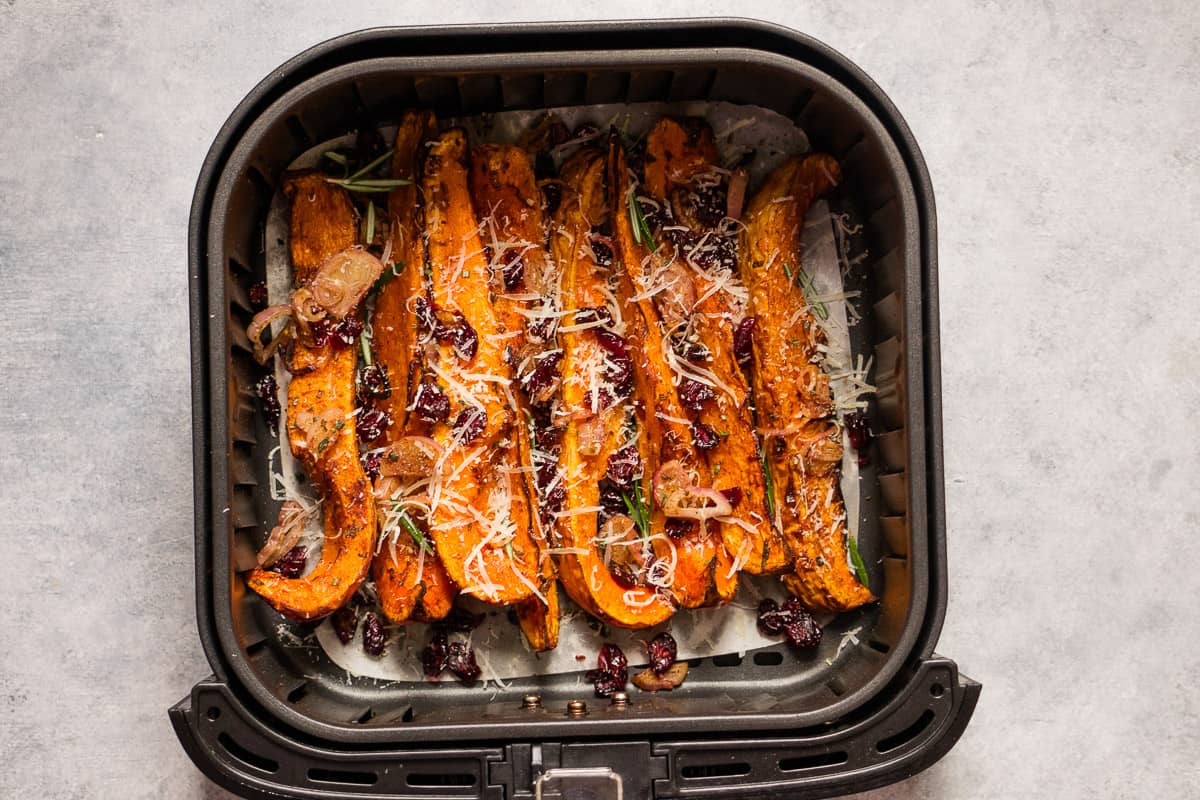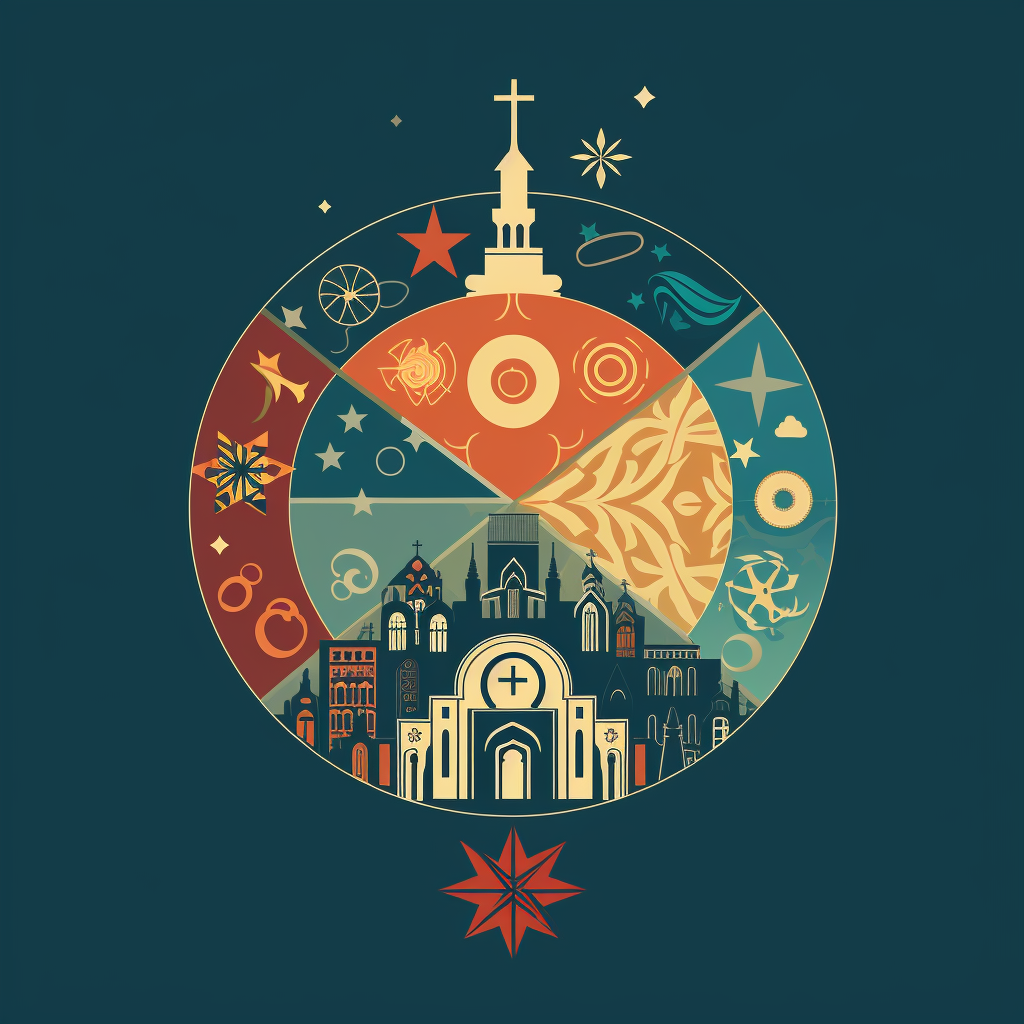There’s no doubt that the COVID-19 pandemic has affected everyone around the globe, whether it was a change in your routine, losing a job, or not being able to visit people outside of your bubble. As Canada and other countries around the world begin to open their borders to visitors, everyone has been anxious to get out and experience new things after nearly two years of stagnation.
Since travel even from outside of your own region was discouraged and even prohibited in 2020 and part of 2021, many tourist destinations took a big hit. One sector of the tourism industry that is not talked about enough, however, is the Indigenous-led activities, destinations, and shops.
In this article, we’ll share some unforgettable Indigenous tourism experiences that you can enjoy in Canada.
Indigenous Tourism Association of Canada
From their own website, they say that the ITAC “focuses on creating partnerships between associations, organizations, government departments and industry leaders from across Canada to support the growth of Indigenous tourism in Canada and address the demand for development and marketing of authentic Indigenous experiences.”
In essence, the ITAC helps to provide leadership, business development and marketing services for the Indigenous tourism community in Canada.
On the ITAC site, they also announced a new campaign titled “The Original Original.” The name for this campaign comes from the term Indigenous itself, which has a synonym meaning ‘original.’ The campaign also intends to highlight the 14,000 years of history and culture as well as some of the unique differences of the more than 700 Indigenous communities that live throughout Canada.
“The Original Original” campaign offers a branded seal to experiences and businesses that are vetted by the ITAC. To be approved by the ITAC, the four requirements include; the business is required to be 51 percent Indigenous-owned, it acknowledges the value of Indigenous tourism, it has a market-ready experience, and the business is an ITAC member.
The point of having an approved seal on your business from the ITAC is that your business is recognized as an authentic Indigenous experience. Authenticity is important to help teach visitors about the true history, culture, and language and allow the Indigenous people to not just survive, but thrive.
Indigenous tourism experiences
Whether you’re from another country or are a fellow Canadian, we will share a list of just a few of the Indigenous tourism experiences that you can enjoy on your next vacation!
1. Klahoose Resort
Kicking the list off on the West Coast in British Columbia, Klahoose Resort is located in Desolation Sound and is the newest destination to be added to the ITAC list. It opened just a few months ago in June 2021 and is an all-inclusive luxury eco-resort that offers grizzly bear viewing tours, helicopter adventures, crafting, foraging, and other cultural activities.
2. Aurora Village
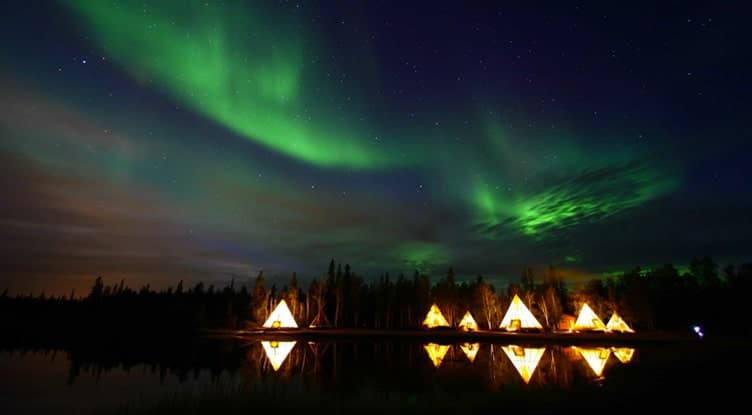
Located in Yellowknife, Northwest Territories, this Indigenous family owned and operated business offers world-class aurora viewing, dog sledding, snowshoeing, and a unique dining experience within a teepee village. The Aurora Village doesn’t offer overnight accommodation at their location, but they provide packages that include hotel stays within Yellowknife.
3. Head-Smashed-In Buffalo Jump
This is a UNESCO-designated world heritage site located near Fort Macleod in Alberta that works to preserve over 6,000 years of Plains Buffalo culture. The Buffalo Jump is a cliff viewpoint accompanied by an Interpretive Centre where you can learn about the Blackfoot people and their heritage.
4. Everoutdoor Adventures
This is a restaurant and adventure tourism business located in Benoit’s Cove, Newfoundland. This destination offers zodiac, hiking, and kayak adventures where you can enjoy both the land and sea. At the Saltbox restaurant nestled on the shoreline, their menu utilizes local seafood and other ingredients for an authentic experience.
5. The Huron Traditional Site
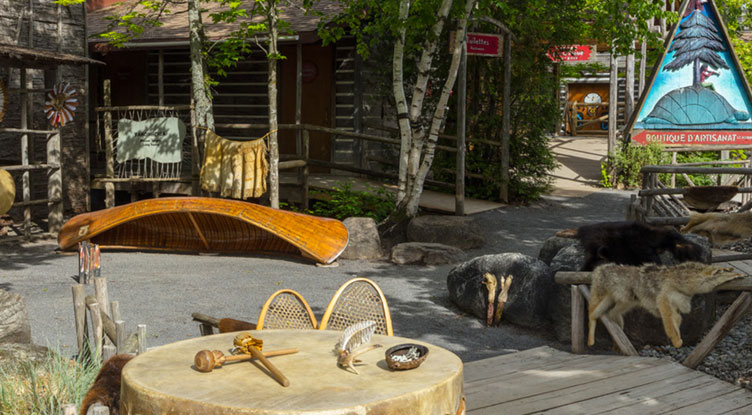
As a recreation of a traditional Huron village in Wendake, Quebec, visitors are brought on tours that include seeing buildings such as the Long House, smokehouse, and sweat lodge. There are also presentations about how the Huron people made canoes and snowshoes. On-site, there is a restaurant that serves traditional food that includes ingredients like bison, squash, smoked meat, bannock, and salmon.
6. Manito Ahbee Festival
If you’re looking to attend a powwow, this is one event to consider. The Manito Ahbee Festival is an annual powwow in Winnipeg, Manitoba, that takes place in late May and is described as “a gathering that celebrates Indigenous culture and heritage to unify, educate and inspire.” If you do decide to attend, please ensure to be respectful as a powwow is not only a cultural event, but also spiritual.
7. Bebamikawe “Making Footprints”
For people looking to reconnect with the land and learn about local plants, this is a hiking tour that does just that. Located in Wikwemikong, Ontario, this hiking trail is led by a guide that shares medicinal plant knowledge, stories of voyageurs, battles with the Iroquois people, and the Wiikwemkoong’s relationship with settlers.
8. Aski Holistic Adventures
Looking to get away from the hustle and bustle of the city? Aski Holistic Adventures is located at Big Eddy Lodge in a remote location 50km north of Cumberland House, Saskatchewan, with no phone or internet access. Accommodation is a cabin and includes amenities such as teepee ceremonies, sauna, guide services, off-grid outhouse, communal kitchens, and more. Activities through Aski Holistic Adventures include nature therapy, canoe trips, teepee camping, herbal medicine, snowshoeing, and more.
Something to keep in mind
If you do take part in Indigenous activities or stay at accommodations that are owned by Indigenous people, it’s important to remember to be respectful to the hosts and surrounding community. Indigenous people deserve to be treated with respect and aren’t a museum prop or something to poke fun at.
Many of the Indigenous communities in Canada and around the world are still struggling to receive the necessary support they need to keep their culture and language alive, and so many of the communities that open themselves up to tourism are also opening up their heritage for us to learn from and appreciate.
Like what we have to say? Sign up to subscribe to email alerts and you’ll never miss a post.
